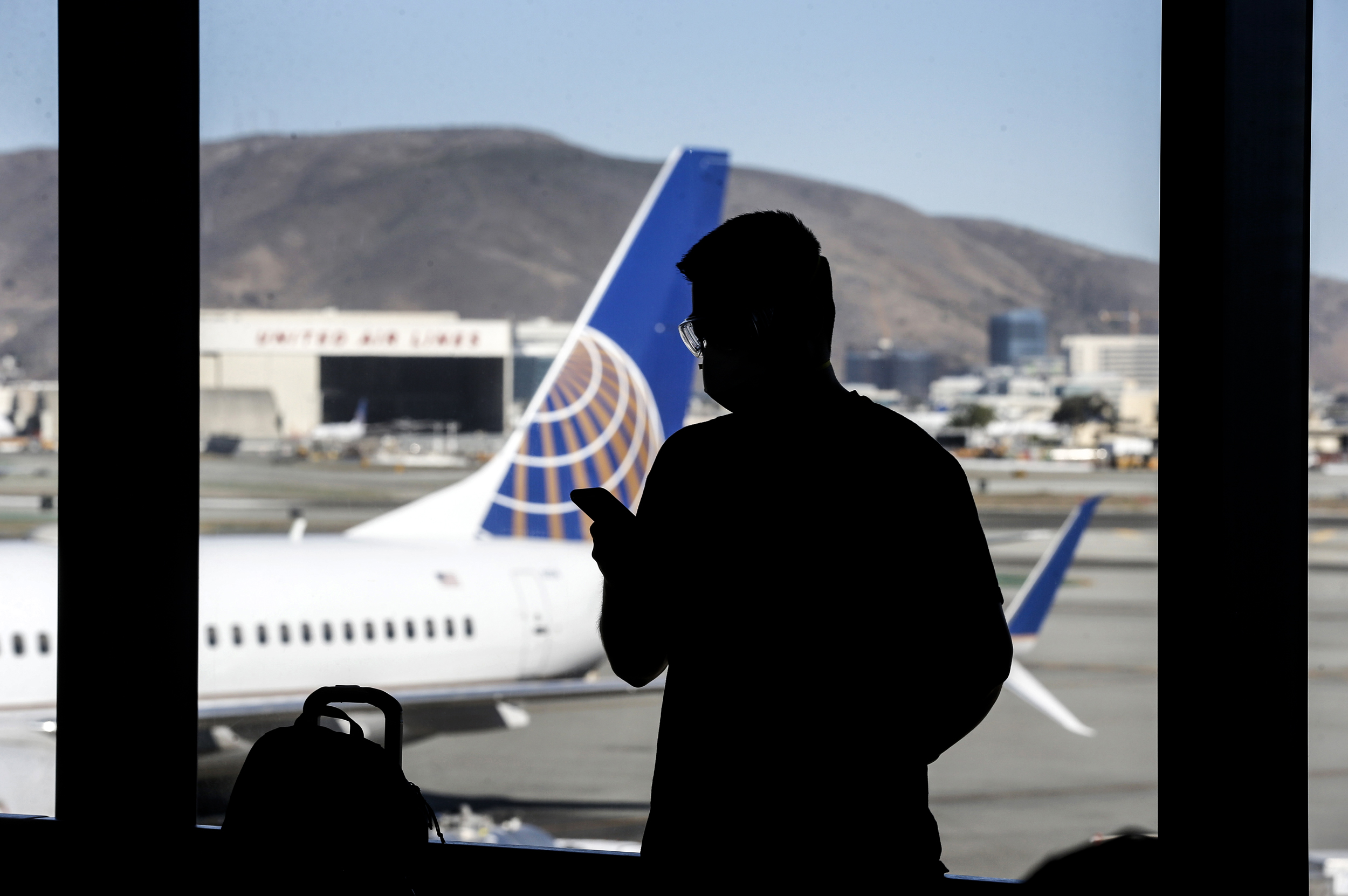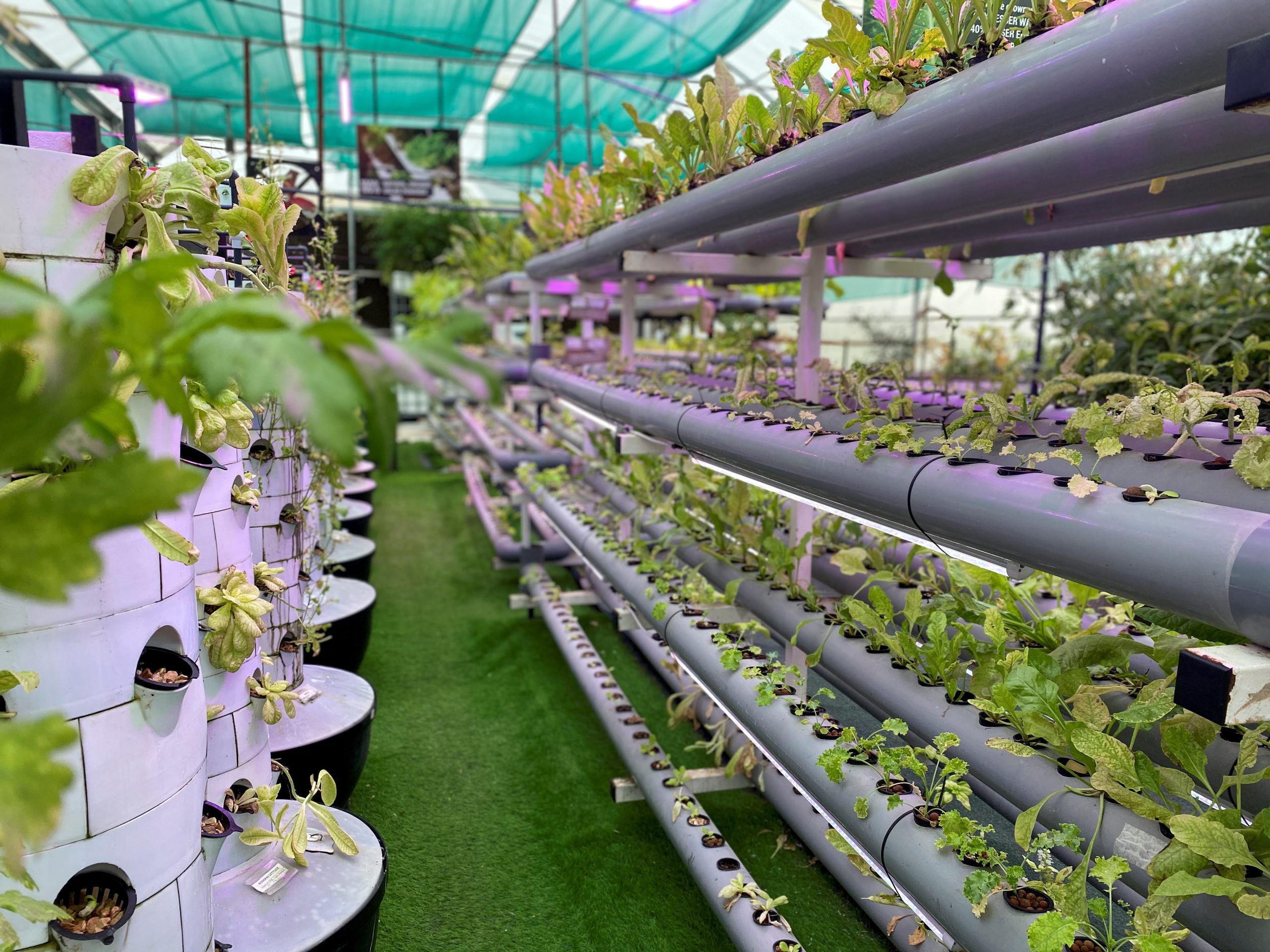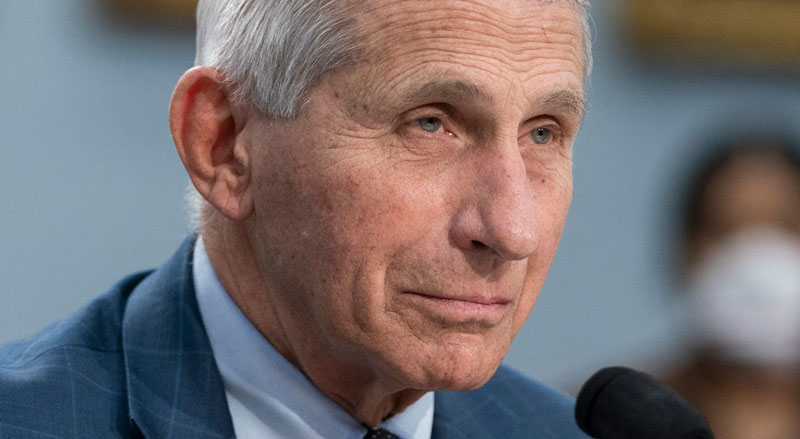In the past decade, there have been significant advancements in technology that have revolutionized the airline industry. From electric-powered planes to sophisticated air traffic control systems, these innovations have the potential to make air travel safer and more efficient than ever before. However, with these advancements come new challenges for the Federal Aviation Administration (FAA), which is tasked with ensuring the safety and security of the nation's air transportation system. In this article, we will explore how the FAA is adapting to new technologies and working to ensure that air travel remains safe and secure for all passengers.
Background on the FAA:
The FAA is a federal agency responsible for regulating and overseeing all aspects of civil aviation in the United States. Its primary mission is to ensure the safety and security of the nation's air transportation system. This includes everything from aircraft design and maintenance to air traffic control and airport operations. The FAA employs thousands of professionals, including engineers, air traffic controllers, and inspectors, who work tirelessly to ensure that air travel remains safe and efficient.
Adapting to New Technologies:
As new technologies continue to emerge, the FAA is working to adapt and evolve its regulatory framework to keep up with the changing landscape of aviation. One area where the FAA is particularly focused is electric-powered planes. These aircraft have the potential to reduce carbon emissions and make air travel more sustainable, but they also pose unique safety challenges. To address these challenges, the FAA is working closely with manufacturers and other stakeholders to develop new safety standards and certification processes for electric planes.
Another area where the FAA is adapting to new technologies is in the realm of air traffic control. The FAA is currently working on a new system called NextGen, which will replace the outdated radar-based system with a more sophisticated satellite-based system. NextGen will provide air traffic controllers with more precise information about the location and movement of aircraft, allowing for more efficient and safer air travel.
Ensuring Safety and Security:
Despite the many advancements in technology, ensuring the safety and security of air travel remains the FAA's top priority. The agency works tirelessly to develop and enforce strict safety regulations, including requirements for aircraft design, maintenance, and pilot training. The FAA also conducts regular inspections and audits of airlines and other aviation stakeholders to ensure that they are complying with these regulations.
In addition to its regulatory efforts, the FAA also works closely with other federal agencies, such as the Transportation Security Administration (TSA), to enhance the security of air travel. This includes everything from screening passengers and their luggage to implementing sophisticated security systems at airports and other aviation facilities.
Conclusion:
As the airline industry continues to evolve, the FAA remains committed to its mission of ensuring the safety and security of air travel. Through its ongoing efforts to adapt to new technologies and enforce strict safety regulations, the FAA is working to make air travel safer and more efficient than ever before. As passengers, we can take comfort in the knowledge that the FAA is constantly working to keep us safe in the skies.
Free Speech and Alternative Media are under attack by the Deep State. Chris Wick News needs your support to survive.
Please Contribute via GoGetFunding


